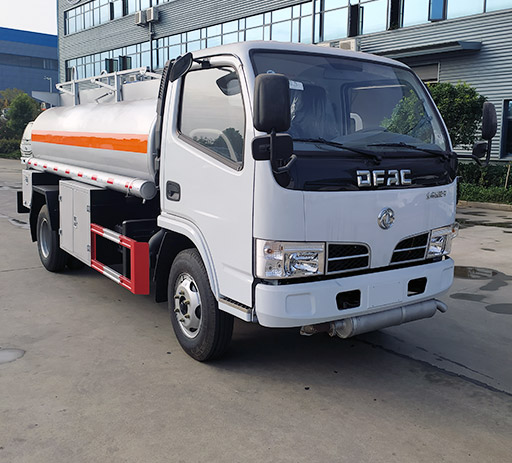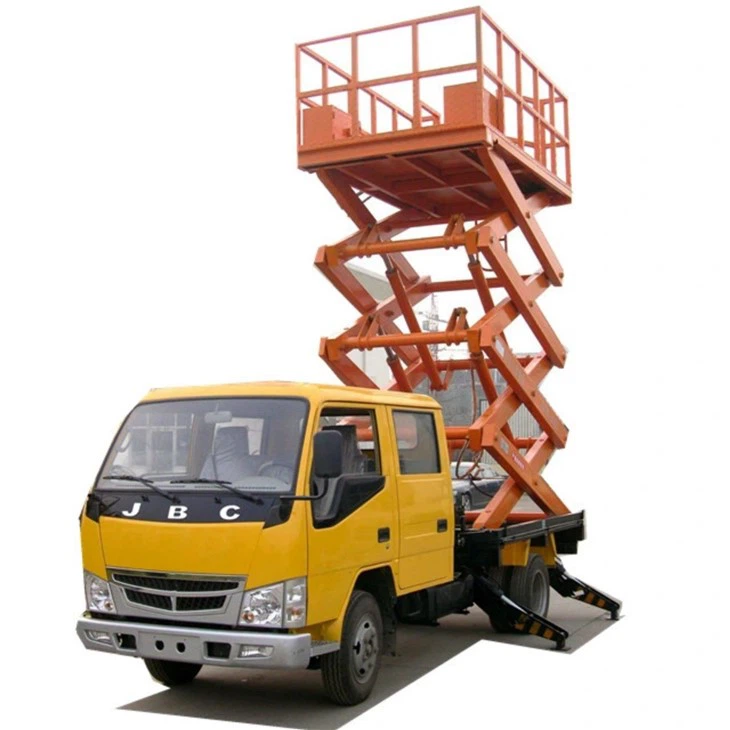Liquefied Petroleum Gas (LPG) transport plays a critical role in the energy sector, ensuring that this versatile fuel reaches homes, businesses, and industries safely and efficiently. This article delves into the various aspects of LPG transport, including its significance, methods, regulations, safety measures, and the future of the industry. Whether you’re a logistics manager, a business owner, or simply curious about LPG transport, this guide will provide you with valuable insights.
Understanding LPG: An Overview
LPG is a mixture of propane and butane, which are gases at normal temperature and pressure but turn into liquid when pressurized. This liquid state makes it easier to store and transport LPG over long distances. Understanding the properties, uses, and benefits of LPG is crucial for anyone involved in its transport.
What is LPG?
LPG is a clean-burning hydrocarbon used for heating, cooking, and as a fuel for vehicles and industrial processes. It is favored for its efficiency and lower emissions compared to other fossil fuels.
Uses of LPG
- Residential heating and cooking
- Industrial heating processes
- As a fuel for vehicles (autogas)
- In agricultural applications
- For commercial purposes (restaurants, hotels)
Benefits of LPG
- Lower greenhouse gas emissions
- High energy efficiency
- Versatile fuel source
- Wide availability
The LPG Transport Process
The transport of LPG involves several key stages, from production to delivery. Each stage must be carefully managed to ensure safety and efficiency.
1. Production and Storage
LPG is produced during the refining of crude oil or extracted from natural gas. It is then stored in pressurized tanks at production facilities until it is ready for transport.
2. LPG Transport Methods
There are several methods for transporting LPG, each with its own advantages and limitations:

Rail Transport
Rail transport is efficient for moving large quantities of LPG overland. Specialized rail cars, designed to handle high pressures, ensure safety and compliance with regulations.

Truck Transport
Truck transport is often used for short distances and when delivery directly to customers is necessary. Tanker trucks equipped with safety features are utilized for this purpose.
Marine Transport
For international shipping, LPG is transported in specialized vessels known as LPG carriers. These ships have insulated and pressurized tanks to maintain the liquid state of LPG during transit.
Pipelines
Pipelines are a common method for transporting LPG over long distances where other transport methods may be impractical. They require significant upfront infrastructure investment but are cost-effective in the long term.
Regulations in LPG Transport
The transport of LPG is governed by strict regulations designed to ensure safety and environmental protection. These regulations vary by country and region.
International Regulations
International regulations are primarily enforced by organizations such as the International Maritime Organization (IMO) and the United Nations Economic Commission for Europe (UNECE). These regulations set safety standards for the transport of hazardous materials, including LPG.
National Regulations
Each country has its own set of regulations governing LPG transport. These often include requirements for vehicle specifications, licensing, and emergency response plans. Understanding local laws is crucial for compliance.
Safety Measures in LPG Transport
Ensuring the safety of LPG transport is of utmost importance due to the flammable nature of the gas. Here are essential safety measures to consider:
Vessel and Vehicle Design
Both vessels and vehicles used for LPG transport should be designed with safety features such as pressure relief valves, reinforced tanks, and leak detection systems.
Training and Certifications
Drivers and personnel involved in LPG transport should undergo rigorous training and obtain necessary certifications to handle emergencies and operate equipment safely.
Emergency Response Plans
Having an emergency response plan in place is critical. This includes protocols for leaks, fires, and other incidents, ensuring that all personnel know their roles and responsibilities.
Practical Examples of LPG Transport

To illustrate the principles of LPG transport, here are some practical examples:
Example 1: Urban LPG Distribution
In cities, LPG is typically distributed using tanker trucks that service residential areas. These trucks are equipped with metering systems to provide accurate delivery to customers’ tanks.
Example 2: Industrial LPG Supply
Industries often require large volumes of LPG, which may be transported via rail or pipeline. For example, power plants might receive bulk deliveries on a regular schedule to ensure a steady supply of fuel.
Innovations in LPG Transport
Advancements in technology are reshaping the LPG transport industry, improving efficiency and safety:
1. Smart Transport Systems
Using GPS and sensor technologies, companies can monitor LPG transport in real-time, track delivery schedules, and ensure compliance with safety regulations.
2. Eco-Friendly Practices
Some companies are adopting eco-friendly practices, such as using alternative fuels for transport vehicles, reducing greenhouse gas emissions associated with LPG distribution.
Future Trends in LPG Transport
The LPG transport industry is evolving with several key trends expected to shape its future:
1. Increasing Demand for LPG
The global shift towards cleaner energy sources is likely to increase demand for LPG, particularly in emerging markets.
2. Enhanced Safety Regulations
As LPG transport becomes more prevalent, regulatory bodies may implement stricter safety measures and guidelines to mitigate risks.
3. Digital Transformation
Digital technologies such as blockchain may be employed to enhance supply chain transparency and improve logistics management.
FAQ Section
1. What is LPG?
LPG, or liquefied petroleum gas, is a mixture of propane and butane used as fuel for heating, cooking, and vehicles.
2. How is LPG transported?
LPG is transported using various methods including rail, truck, marine vessels, and pipelines, depending on the distance and volume required.
3. What safety measures are in place for LPG transport?
Safety measures include specialized vessel designs, regular training for personnel, and emergency response plans to handle potential incidents.
4. Are there regulations for LPG transport?
Yes, LPG transport is subject to international and national regulations that set safety and environmental standards.
5. What are the benefits of using LPG?
LPG offers several benefits including efficiency, lower emissions, and versatility as a fuel source for various applications.
6. How are innovations impacting LPG transport?
Innovations such as smart transport systems and eco-friendly practices are enhancing efficiency, safety, and environmental sustainability in LPG transport.